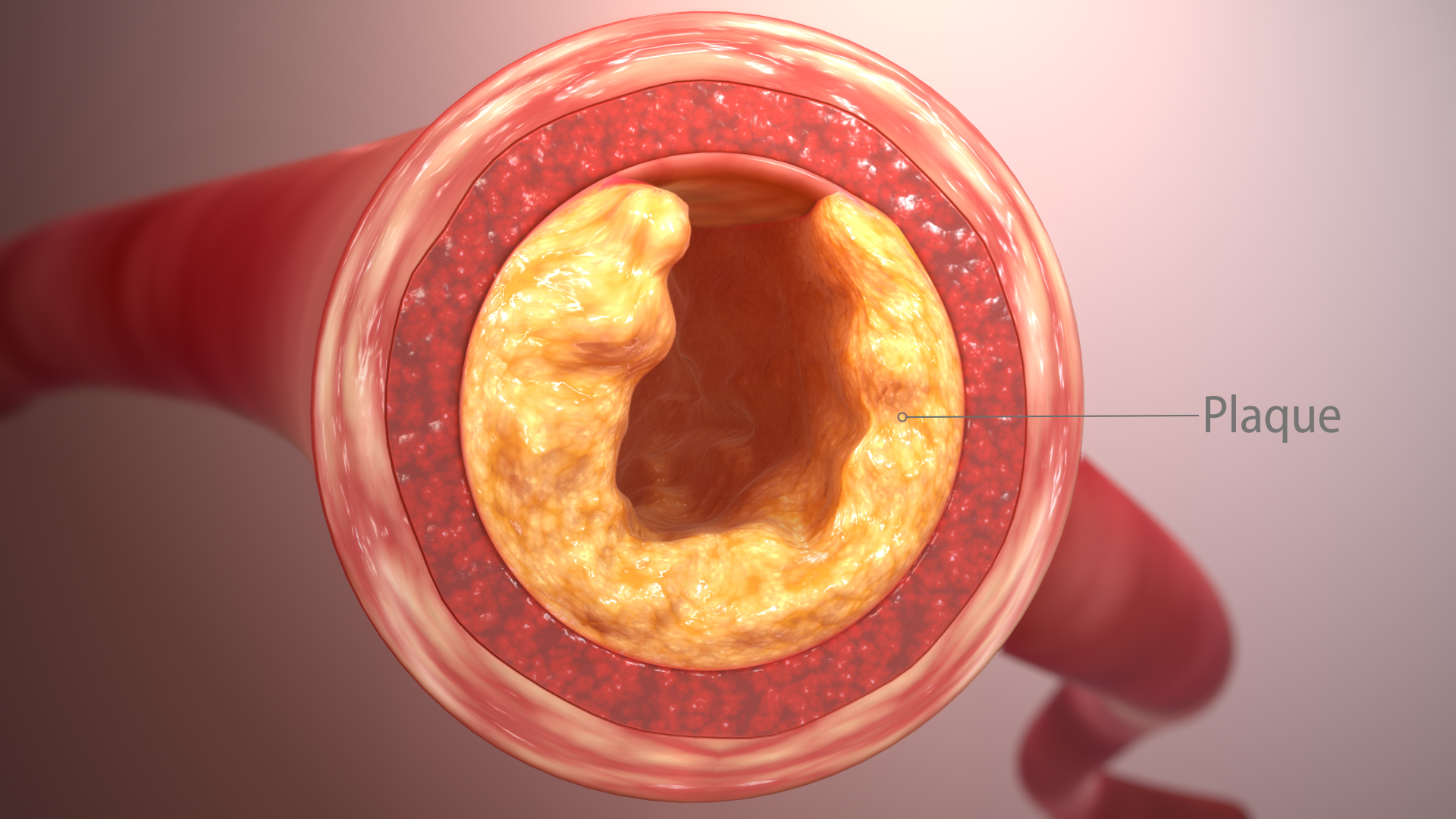Heart disease resulting from clogged blood vessels causes the most deaths worldwide.
Arterial clogging or atherosclerosis is a consequence of Low-Density Lipid (LDL) cholesterol accumulation.
Till now the LDL receptor molecule was believed to be responsible for the transport of LDL within cells. But given that some individuals lacking this receptor still have high levels of LDL, the mechanism remained doubtful.
To identify the mechanism of transfer of LDL, a Yale-led research team screened more than 18,000 genes from the endothelium and then focused on possible genes involved in the process.
Here’s how:
- Endothelial cells were cultured and exposed to specific siRNAs (DNA-like molecules that prevent the conversion of genes to proteins) and then were further cultured overnight in a media with high concentration of LDL to limit the effect of the LDL receptor pathway.
- The cells were then exposed to radioactive LDL to be examined for LDL internalization under a confocal microscope.
- ALK1 was one of the 3 genes found to meet all the criteria. It was investigated further for its role in LDL internalization as opposed to other fats in general.
- On examining the amount internalization of LDL, HDL, and VLDL (a mixture of bad cholesterol and fat) with ALK1 inhibition, HDL internalization was found to proceed unaffected, suggesting ALK1 interacts with proteins specific to LDL and VLDL transport.
- siRNA-mediated inhibition of ALK1 (but not the LDL receptor) reduced LDL internalization; LDL receptor inhibition (but not ALK1 inhibition) reduced the breakdown of LDL within the cells.
The “LDL-ALK1 Pathway” apparently aids the transport of LDL from blood into tissue.
Since the role of ALK1 in LDL accumulation was not revealed till yet, current lipid-lowering strategies include statins, which target LDL cholesterol levels in the blood.
The discovery of ALK1 as an LDL-binding protein is extremely significant as it directly implies that the early stages of atherosclerosis can be curbed if a way of blocking ALK1 is found. Certain small molecules or antibodies can be employed for this purpose and the method can be implemented along with the current lipid-lowering strategies which involve statins.
Hence, a therapeutic that inhibits ALK1 could be an effective solution of atherosclerosis (and, in turn, heart disease) and be synergistic with lipid- lowering therapies.
The study was published on Nov 21 by Nature Communications.
You may also like:

Cholesterol Truths You Should Know
Cholesterol remains one of the most incomprehensible health topics in the 21st century. Myths surrounding cholesterol exist since the early 1900s when Rudolf Virchow theorized that excessive lipids in the blood, a condition known as Hyperlipidemia, can trigger heart problems. Read More..

Oatmeal-Diet: Friend or Foe ?
An oatmeal diet has become a weight-loss program in itself. It is associated with lowering cholesterol and keeps hunger at bay for hours, preventing the dreaded “snacking between meals”. However, surprisingly, an oatmeal only diet can have a similar effect on blood glucose levels as a large bar of Snickers or a bowl of jelly beans.Read More..









